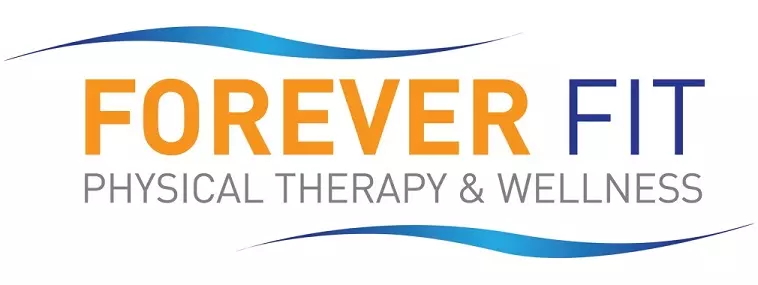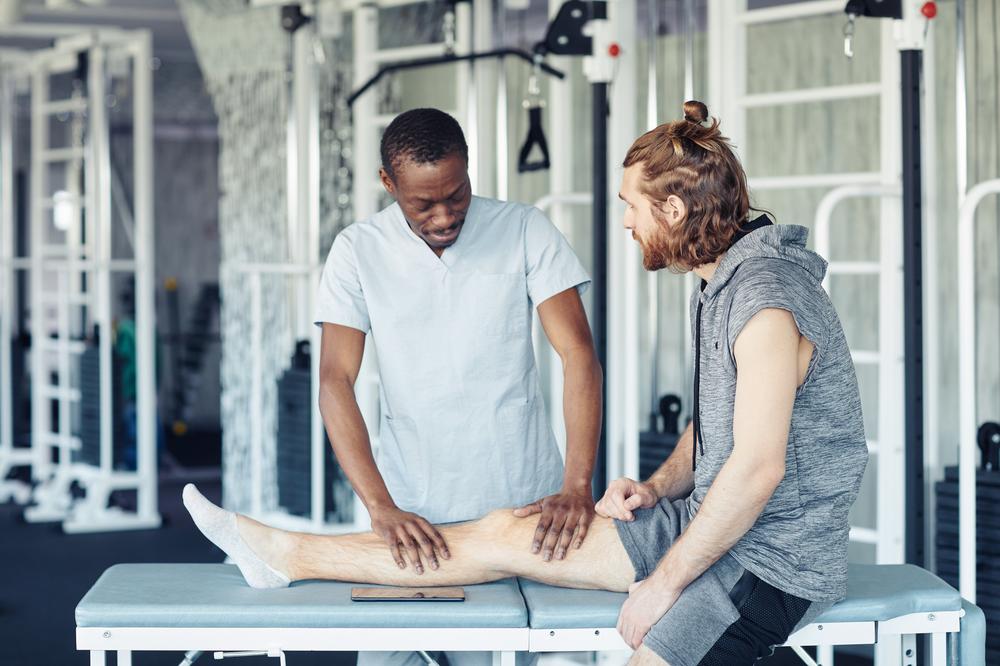Physical therapy techniques like the Graston Technique® and manual therapy help pulled muscles heal through movement and manipulation. You can use some of the same principles at home to relieve pain from mild muscle strains and speed up the healing process. First, you should rest and ice the muscle for a couple of days until your pain subsides. Then, you can start to stretch it and increase your range of motion. Getting gentle cardiovascular exercise every day, even going for a 15-minute walk, can also help improve circulation and promote healing.
A pulled muscle, or muscle strain, is a tear in the muscle fibers. People pull their leg muscles during everyday activities like going down stairs. It’s also common to pull a leg muscle while playing a sport or doing physical labor. If your leg muscles aren’t properly conditioned or warmed up, or if you smoke, you may be more likely to tear a leg muscle.
Here are some ways you might pull a muscle in your leg:
- Walking downhill
- Making sudden movements such as kicking, twisting or sprinting
- Overusing or overextending a leg muscle without warming up first
- Overusing your legs without taking time to recover
- Overusing leg muscles that are weak or stiff
In this article, we’ll share seven physical therapy tips to help you recover from a pulled muscle in the leg.
7 physical therapy recovery tips for a pulled muscle in the leg
Most mild and moderate muscle strains in the legs will heal on their own. The way you move your body and the amount of stress you put on your leg muscles while you’re healing can make your injury worse—or it can help you heal faster. Pain from a pulled leg muscle is your body’s way of telling you to slow down and rest. If your pain is intense or doesn’t go away within a few days, you should see a physical therapist for an assessment.
The following are seven physical therapy tips to help you recover from a pulled muscle in the leg:
-
PEACE & LOVE
This acronym can help you remember the basics of recovery for soft tissue injuries such as muscle strains in the leg. PEACE stands for protection, elevation, avoiding anti-inflammatories, compression and education. LOVE stands for load, optimism, vascularization and exercise. You should increase your daily load as your pain allows, and vascularization is a medical term for cardiovascular exercise or movement.
-
Ice and heat therapy
Apply ice for 15 to 20 minutes every two to three hours during the first few days after your injury. This will help reduce inflammation and swelling. This is also when compression and elevation will be especially helpful to minimize swelling. After the first few days, when the initial inflammation goes down, you should switch to a heating pad. This will help increase blood flow to the pulled muscle.
-
Use proper body mechanics during recovery
Compensating for pain in your leg can cause you to strain muscles in other parts of your body, which can lead to more injuries. Focus on maintaining good posture, engaging your core and using proper lifting techniques. Slowing down and finding balance before you attempt to move or lift something can make a big difference.
- Begin gentle stretching once pain subsides
Once the acute pain has decreased, you can stretch the muscle gently to help prevent stiffness and maintain range of motion. Start with very light stretches, holding each for 15 to 30 seconds without bouncing or pushing to the point of pain. Gradually increase the intensity as your comfort level improves. Pay attention to your body’s signals and ease up if you notice sharp pain.
-
Implement progressive strengthening exercises
Once your pain has subsided and you have some of your range of motion back, you can start to strengthen your leg muscles again. Focus on contracting the muscles without bearing weight or moving them before completing more challenging exercises. Don’t just focus on the muscle that’s pulled. Try to strengthen your lower core, glutes and leg muscles evenly.
- Stay hydrated and maintain proper nutrition
Staying hydrated and eating a balanced diet help ensure your body has what it needs to heal properly. Drink plenty of water and consider adding electrolytes for better absorption. Eat foods that are rich in protein and omega-3 fatty acids, such as nuts, fish and poultry. Anti-inflammatory foods and antioxidants can also help manage inflammation and support healing.
- Work with a physical therapist for personalized guidance
It can be hard to avoid straining a pulled muscle in your leg while taking care of your daily responsibilities. A physical therapist can walk through your daily routines with you and recommend strategies personalized to your needs. They can also create a custom treatment plan that includes hands-on therapies and exercises to help you heal as quickly as possible while avoiding reinjury.
Find lasting relief from a pulled leg muscle at Forever Fit
Taking it slow and resting when you’ve got a pulled muscle takes a lot of patience. Rushing and overworking yourself will only lengthen your recovery time. Physical therapists are experts at recovery techniques for soft tissue injuries like pulled muscles. Our team starts with an in-depth assessment to get an understanding of your injury and how it’s affecting you. Then we work with you to create a multiphase treatment plan.
The following are some physical therapy techniques we provide at Forever Fit that can help with pulled muscles:
Dry needling
The PT inserts a long, thin needle into a knot of tension around injured tissue called a trigger point. They may move the needle around to help release tension and restore healthy movement.
Manual therapy
Your PT will use their hands to make massage-like movements, promoting movement and circulation in affected tissue.
Instrument-assisted soft tissue manipulation (IASTM) and Graston® Technique
In these techniques, the PT uses stainless steel ergonomic tools to find scar tissue below the skin and then provide deep and concentrated stimulation.
All of these techniques can help relieve pain from a pulled muscle—sometimes in as little as one session.
Are you ready to find relief for your pulled leg muscle? We can help. Contact our team today for more information or to schedule an initial appointment. If you’re interested in dry needling, make an appointment at our new location in Fredrick or our Rockville location.

